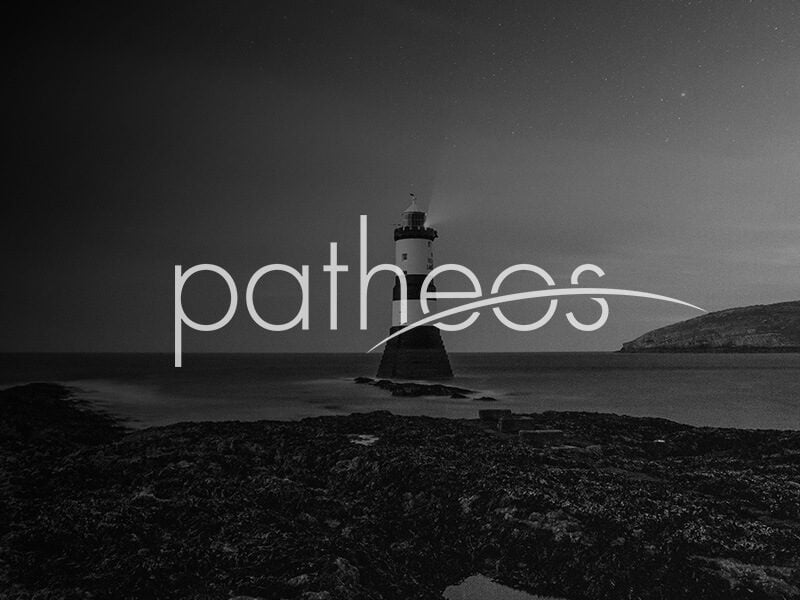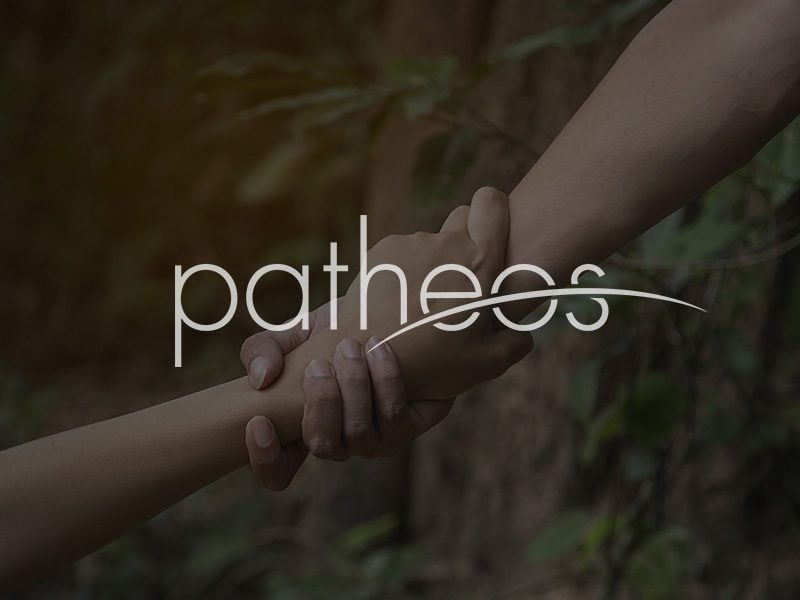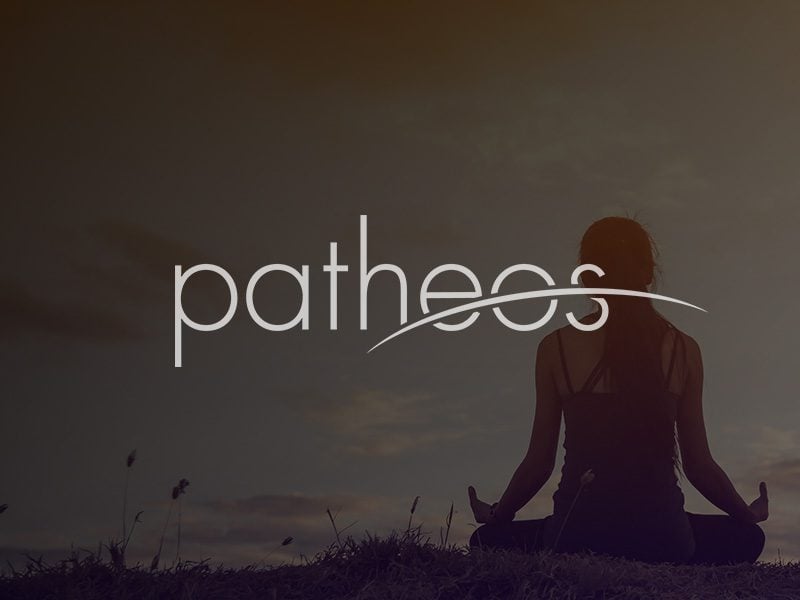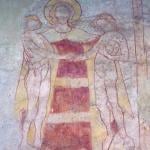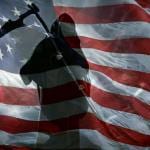
Liturgical dancing! Even to speak the words means stirring the passions of anyone who believes the post-Conciliar Church became, and perhaps remains, too wordly, too progressive, or too people-friendly. They serve as a shorthand for aggiornamento gone wild. Once I posted a video of Stephen Colbert spastically jigging to “King of Glory” on a friend’s Facebook wall. A man of decidedly Traddish tastes, he posted back, “Coming soon to a Nervous Order Mass near you, I’m sure.”
“Ha ha,” I replied. “You’re in Extraordinary Form today, I see.” But I still wonder how prevalent this atrocity ever became; whether it could be an urban myth, like the chupacabra or — if you’re Pat Buchanan — the logic of entering World War Two. I have seen its like exactly once, on Palm Sunday, 2007. Though my own liturgical preferences are drop-dead, middle-of-the-road vanilla, I have to say it inspired me as much as it disturbed me.
I was then just three months into my catechesis at the All Saints Catholic Newman Center in Tempe, Ariona. Very much to my surprise, the place felt like home. Its artsy, high-minded ambience reminded me of the Upper West Side; Sister Lucia, who ran the RCIA program, held court in a cozy office that could have belonged to any psychoanalyst, including my father. The blessing of the palm fronds was to take place outdoors, which was the general rule for services at the Jewish summer camp I’d attended as a kid.
But the celebrant, a diocesan priest visiting at I don’t know whose request to stand in for the Dominicans who normally served the parish, looked like no one you’d see at a Jewish summer camp, in an analyst’s office, or for that matter, anywhere on the Upper West Side. No, for a mug like his, you’d have to travel out to Queens, if not all the way to Boston. With his livid cheek, and hair in a tangled white quiff, he could have served Ted Kennedy as a body double.
There’s a special thrill that comes from seeing an outmoded stock character made flesh. Imagine discovering that the Somali pirates who hijacked your tanker in the Red Sea wore eyepatches and said things like “Shiver me timbers!” and you’ll get the idea. A real Irish priest! I thought giddily. I’d heard they were all dead or in jail! As I passed through the entrance, he introduced himself as Fr. Greg, and I noticed he was wearing flip-flops.
The significance of the poolside footwear remained hidden until the Gospel reading, when it was announced that Fr. Greg would dance his way through Matthew’s Passion narrative. Backing him would be a student from ASU’s music school, playing a set of what I believe were conga drums. If there were other preliminaries, I’ve forgotten them. All I remember is seeing Father kick off his flip-flops and commence to swaying and pirouetting in his red Solemnity vestments as the lector started in with the Son of Man foretelling his own doom.
I myself never dance. Doing so requires natural grace combined with a certain social recklessness, both of which I lack. Fr. Greg was blessed with an abundance of the second quality and — astonishingly — some vestige of the first. Had his parents marched him, as a boy, off to clogging lessons? In the first bloom of manhood, had he loved the night life? Had he got to boogie? No idea. For that matter, don’t ask me to describe exactly what he did — I wouldn’t know a battement frappé from a Funky Chicken. What I can say is that he spent an awful lot of time on one leg, his upper body at an acute angle to the floor, without tipping over and breaking his collarbone. This is a feat I have scant hope of ever duplicating, drunk or sober. Unlike Salome’s, Father’s feet were in no way dovelike, but they were sure, and that was something.
“So what did you think?” Sister Lucia asked the class when we gathered in the classroom above the chapel following the breaking open of the word. Lowering our eyes as one man, we mumbled back diplomatically. It was clear to everyone, I think, that what we’d just witnessed was somehow beyond the pale. None of us was an expert on liturgical norms, but a common instinct told us there was something unseemly in such exuberance coming from man of Father’s years. We felt embarrassed — less by him than for him. We felt, in short, the way we’d have felt at catching our parents making whoopee. “Yeah, I know,” said Sister, wrinkling her nose.
When Michal, Saul’s daughter, saw David leaping and dancing before the Ark, she “despised him in her heart.” Something tells me David was a terrific dancer — if West Side Story had existed in his day, he’d have made a better Riff than Russ Tamblyn — so her motives must have been purer than ours. And yet, since then, a big slice of Jewish tradition has evolved into dance-friendliness. The frummer-than-thou Hasidim shake it every Shabbos. On Simchas Torah, even ordinary Jews will get up from their pews and take turns waltzing the Torah scrolls around the room. Even with a lither figure than, say, Leon Wieseltier’s, this is impossible to look graceful doing: Torah scrolls are unwieldy things. Here, for once, the Holy Writ doesn’t get to lead.
Though not Jewish, or especially pious according to any tradition, my great-Aunt Florence (nicknamed “Flubby”) showed a touch of this over-the-top joie de vivre. On Friday nights, she would repair to her porch with a pitcher of cold beer. When the beverage, or the moment, or some combination of the two, overtook her, she’d sing Fred Burris’ “Ballin’ the Jack,” following the dance steps as prescribed by the lyrics:
First you put your two knees close up tight,
Then you sway ’em to the left, then you sway ’em to the right,
Step around the floor kind of nice and light,
Then you twis’ around and twis’ around with all your might,
Stretch your lovin’ arms straight out in space
Then do the Eagle Rock with style and grace
Swing your foot way ’round then bring it back,
Now that’s what I call “Ballin’ the Jack.
Flubby belonged to my mother’s mother’s side of the family. My mother’s father’s side of the family, a more straitlaced bunch, rated them not quite our kind, dear — and this, probably, without having seen the Flubby Follies for themselves. When my mother, as a young girl, sat in on her aunt’s performances, she was both scandalized and elated. Aunt Flubby was uninhibited. Aunt Flubby was alive. Aunt Flubby was — to use a word not then in general circulation among white people – cool. Whether Flubby deserves any credit for planting the seed of creative ambition in my mother’s developing nature, I have no idea; but I can’t believe she did anything to squash it. If that’s the case, I owe Great-Aunt Flubby a debt I can never repay. Without my mother’s ground-in admiration for outside-the-box thought and deed, I’d have gotten hit a lot more.
With five years to fester, that’s pretty much the effect Father’s recital has had on me. Whatever harm it may have inflicted on the liturgy itself, it offered concrete, human proof that life in the Church and life in the Spirit are worth a man’s making a horse’s ass of himself over. Chesterton wrote that if something’s worth doing, it’s worth doing badly. I hope he’s right because that’s usually the only option for me. I live nowhere near as well as Father danced that day, and it’s here in this blog that I try to pay Father’s favor forward, offering proof for the amusement of the mob.


